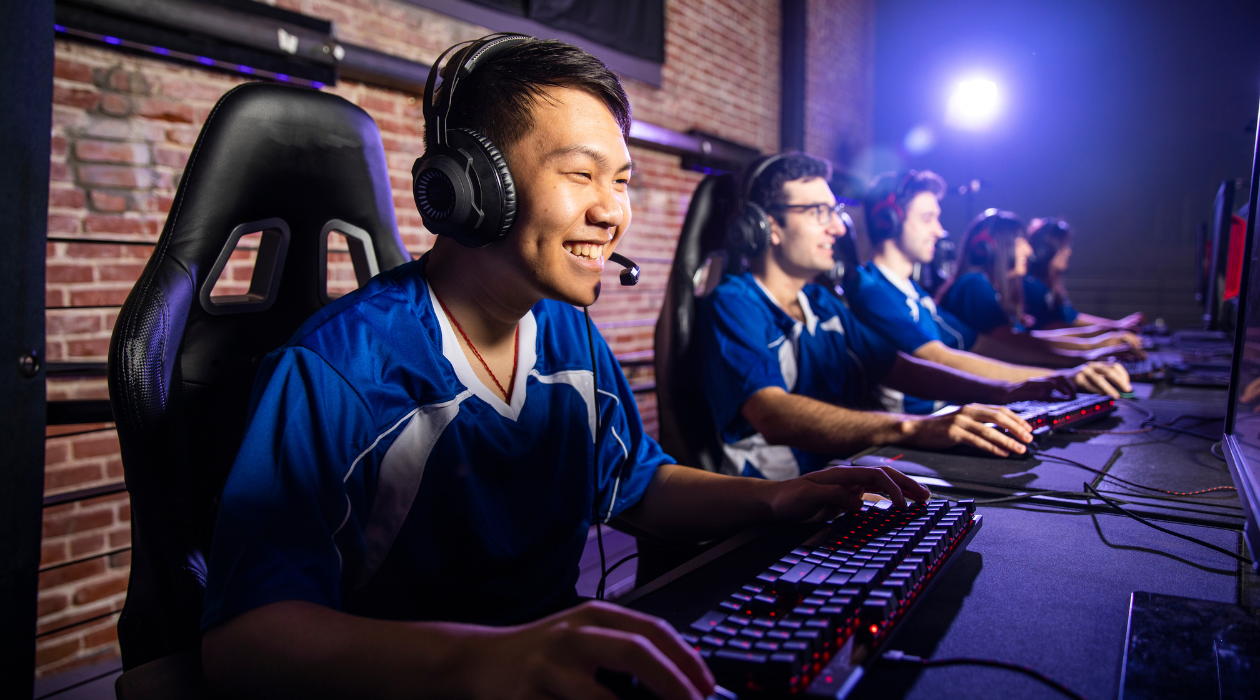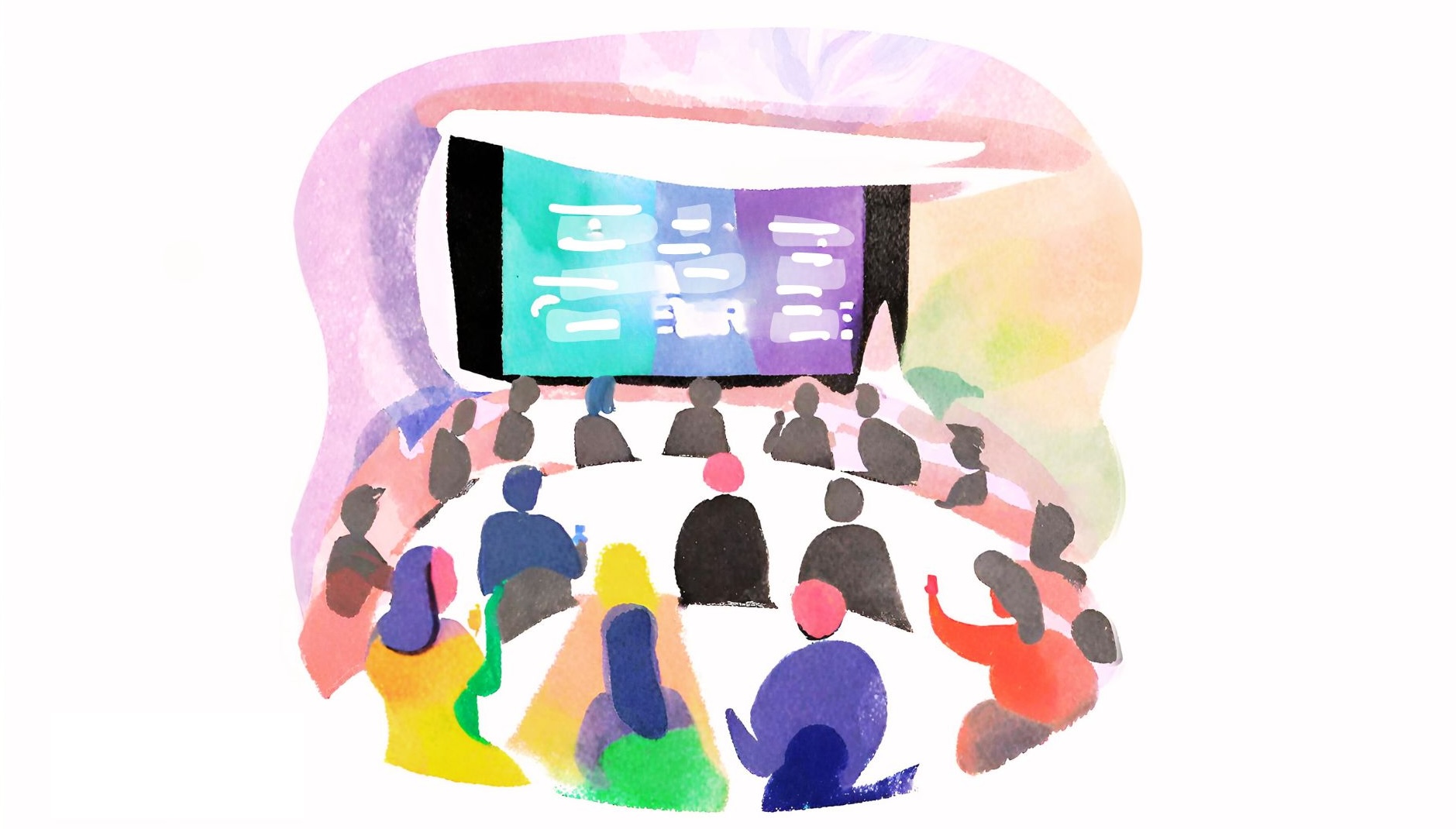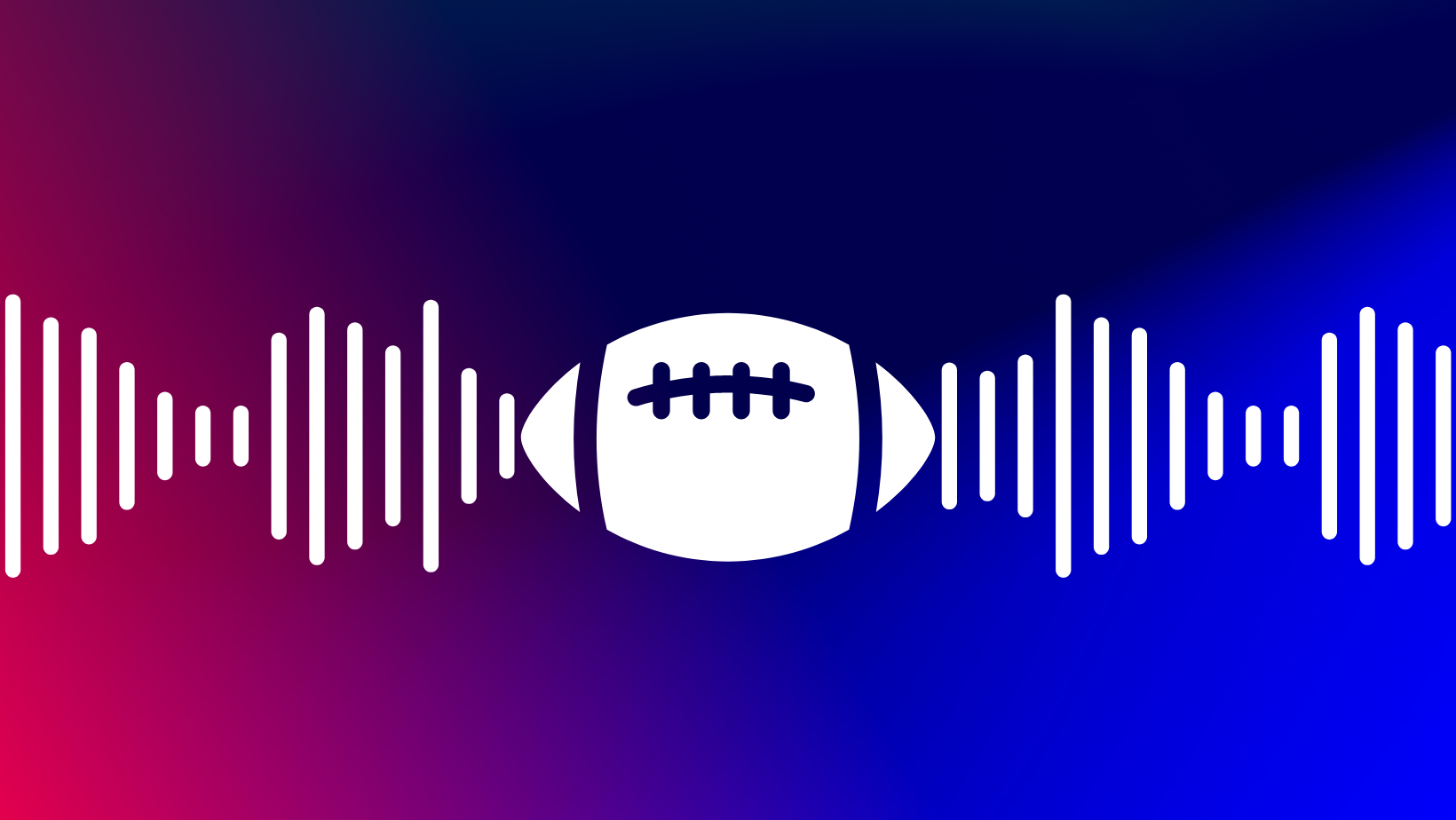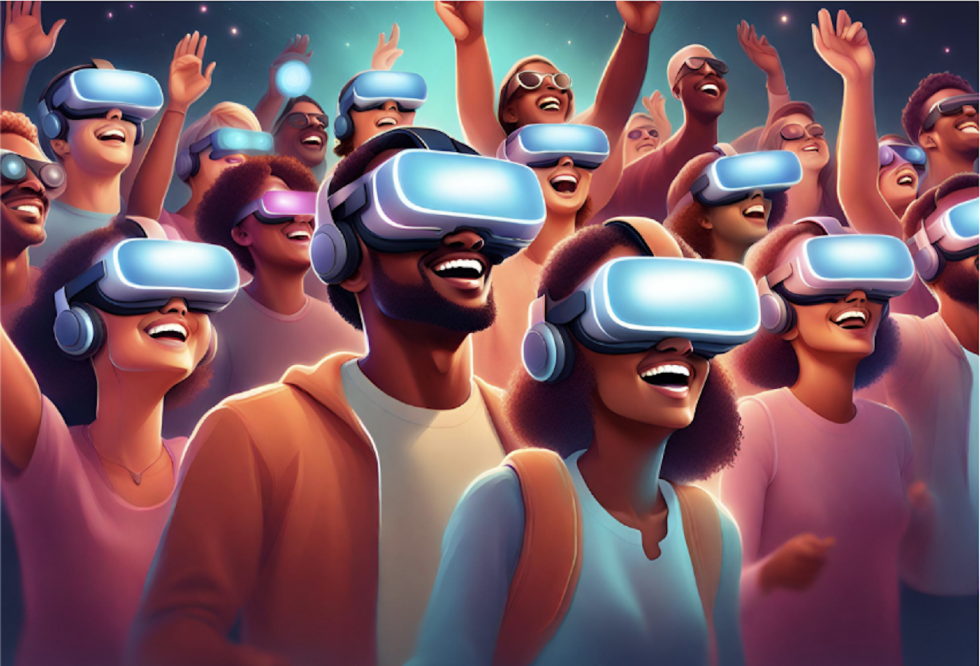Beyond Esports: Building Meaningful Relationships in Gaming

By: Kylie Reed, TMA Gaming Apprentice [Header image credit: Canva]
Brands have always sought to engage a key working-age demographic by targeting the forms of media that they consume.
Undoubtedly, this space is increasingly being dominated by gaming with 70% of Americans between the ages of 13-64 playing at least one game.
Seeking to take advantage of this trend, brands are racing to sponsor premiere esports events, which have evolved from niche competitions to a near billion-dollar industry.
Sponsoring esports events allows brands to quickly associate themselves with established competitions and teams that gamers are already watching. Esports leagues and tournaments provide brands the opportunity to adapt already established methods of consumer engagement within traditional sports to a new medium within the gaming industry.
Some of the most famous sponsorships include Intel with Extreme Masters, Coca-Cola with Overwatch League, and Red Bull with StarCraft 2 and Dota 2 Championships. The world’s largest esports teams also find themselves attracting sponsors like Cloud9’s partnership with BMW and Team Liquid’s deal with Honda.
While an increased number of esports sponsorships are a great step forward for the gaming industry, the hyper-focus on competitive gaming in recent years is unnecessarily limiting the degree of engagement that brands can have with the larger gaming category.
As they currently exist, brands engage in esports by placing media during ad breaks, integrating the brand into competitions via logo placement, creating content, etc.
Although these relationships are undoubtedly mutually beneficial, existing esports arrangements are focused more on delivering content to the gamer rather than engaging with gamers in their own spaces.
A Paradigm Shift
Where esports is meant to showcase games at the highest echelons of competitive play, community events are about the development of meaningful relationships around shared interests in gaming.
The biggest events in North America such as PAX, E3, TwitchCon, and DreamHack feature a broad array of gaming interests, whereas smaller events such as Awesome Games Done Quick (AGDQ) focus on more niche areas of the gaming community.
At these events, gamers attend panels on topics such as mental health in gaming, browse marketplaces for stunning game artwork, and walk the show floor to learn more about their favorite games.
The advantage that these events have over their esports counterparts is that they are experiential events rather than spectator sports.
Wandering the show floor of any of these community events brings one into contact with a cross section of like-minded gamers from all walks of life who are united simply by their love of gaming.
These community events are places where brands can get in front of and engage the gaming audience in a deeper and more impactful way. But the rise of esports has overshadowed the growth of gaming community events, particularly the large regional and international events that attract hundreds of thousands of attendees.
A Case Study: PAX East
PAX East provided an excellent example of how brands can engage with community events in early 2020.
Though there were a diverse array of booths, three in particular highlight aspects of how engagement may occur:
Samsung

Samsung had a more traditional presentation which featured two gaming lounges tailored to different audiences. The first one on the expo floor had comfortable seating and devices on display for casual browsing. The other was upstairs in a meeting room where gameplay on devices was projected on screens for more of a “come and watch” experience.
GEICO

GEICO created an innovative booth that focused on a custom GEICO game in a branded trailer. They also gave away swag and had some free play gaming stations. This display was an interesting blend of traditional marketing through giveaways and adding a unique gaming angle to the product.
U.S. Army

The U.S. Army has become a staple of PAX events, and featured a full gaming-focused showcase that was designed in consultation with TMA to be as engaging as possible. Attendees could play against the US Army Esports team in a variety of games: 2v2 Gunfight in Modern Warfare, 2v2 ARAM in League of Legends, or 1v1 in a variety of fighting games. The goal for the Army was to engage the community by showcasing the diverse talents and careers of the U.S. Army Esports players at the booth, but as an added bonus, the U.S. Army’s Apex Legends team also managed to take home first place in the PAX East Almost Pro tournament.

Together, these booths showcase how brands can diversify their engagement with gamers by moving into the convention and community spaces. Whether by providing lounges where gamers can casually engage with products or by adapting brands into miniature games or even by allowing gamers to play against their idols, the approaches on display at PAX East prove creative marketing can create powerful engagement.
About TMA Gaming
We help brands navigate the gaming and esports space with strategic recommendations and activations covering gaming community events, esports sponsorship negotiation, publisher partnerships, content production, influencer and more. Our work can be seen in collaborations with State Farm, Nintendo, Wrigley, GameStop, and the U.S. Army.


